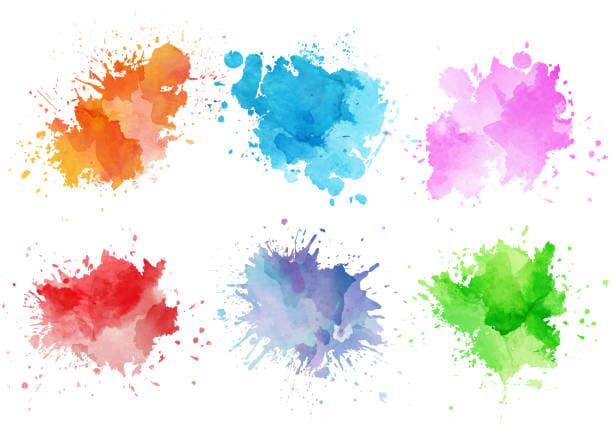Colour isn’t just something you see; it’s an important part of your brand’s character. The colours you pick for your brand do more than just look good; they also show what you stand for and make people feel something. For instance, fast food places often use red and yellow because they stand out and make you hungry. This shows how colour can affect how people act and how they think about a brand. Choosing the right colours is therefore an important part of branding strategy. In a similar vein, reputable gambling sites operating without Gamstop choose their colour schemes carefully to create an inviting and trustworthy atmosphere, signalling safety and reliability to their users.
Understanding Colour Psychology
Understanding colour psychology is about grasping how colours impact human behaviour and emotions. Each colour can evoke different feelings and reactions; for instance, blue is often associated with trust and calmness, making it a popular choice for financial institutions. Red, on the other hand, can stimulate feelings of excitement and urgency, which is why it’s frequently used in clearance sales. Yellow, symbolizing optimism and happiness, can capture attention and brighten someone’s mood, whereas green is closely linked to nature, suggesting growth and harmony.
By understanding these associations, brands can strategically use colour to convey specific messages and evoke desired responses from their target audience. This knowledge enables marketers and designers to craft a visual identity that aligns with the brand’s values and goals, ensuring that every colour choice reinforces the intended brand perception.
Choosing Colors for Your Brand
When it comes to selecting the perfect colours for your brand, a thoughtful approach is required. The goal is to find a palette that resonates with your brand’s personality and connects with your target audience. Here’s a detailed approach to making these crucial choices:
- Know your brand’s values: The essence of your brand should be reflected in your colour choice. If your brand is dynamic and aims to inspire action, vibrant colours like red can convey this energy. On the other hand, if your brand prioritizes trust and calm, blue might be more appropriate. Each colour has a different psychological impact, so it’s crucial to align your choice with what your brand stands for.
- Consider your audience: People’s reactions to colours can vary based on factors like age, gender, and culture. Young audiences may prefer bold and bright colours that reflect a sense of fun and adventure, whereas older demographics might lean towards more conservative and calming colours. Understanding your audience’s preferences is key to choosing a colour scheme that appeals to them.
- Look at cultural meanings: Colors carry different meanings in various cultures. For instance, while white is often associated with purity and weddings in Western cultures, it is traditionally worn at funerals in some Eastern cultures. Being aware of these cultural nuances is essential, especially for brands operating in or targeting multiple cultural regions.
- Check industry trends: Although it’s important to differentiate your brand, certain colours may be prevalent in your industry for good reasons. For example, green is widely used in the health and wellness industry because it symbolizes nature and health. Observing industry trends can help ensure your colour choices make sense to consumers within your sector.

Implementing Your Color Palette
After selecting your brand’s colours, the next step is to implement them effectively across all brand touchpoints. Consistency in colour usage builds brand recognition and reinforces brand identity. Here’s how to do it right:
- Be consistent: Using the same colour shades across all platforms and materials reinforces your brand identity. This consistency helps in building a strong brand image that customers can easily recognize and remember.
- Test across mediums: It’s important to ensure that your colours look good and remain consistent across various mediums, including digital displays and print materials. What looks vibrant on a monitor might not translate well to paper. Testing your colours in different mediums ensures they maintain their impact and recognizability.
Conclusion
Picking the right colours for your brand isn’t just a matter of taste; it’s also a matter of strategy. The colours you choose can have a big effect on how people see your brand and help people remember it. You can make a strong brand identity by carefully choosing a colour range that fits with your brand’s values, thinking about your audience, learning about cultural meanings, and keeping an eye on industry trends. Using this identity consistently across all channels strengthens it even more, making your company easier to remember in a crowded market.